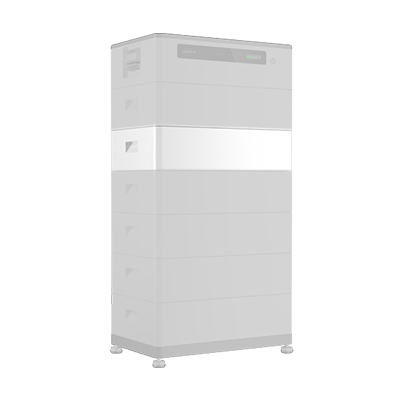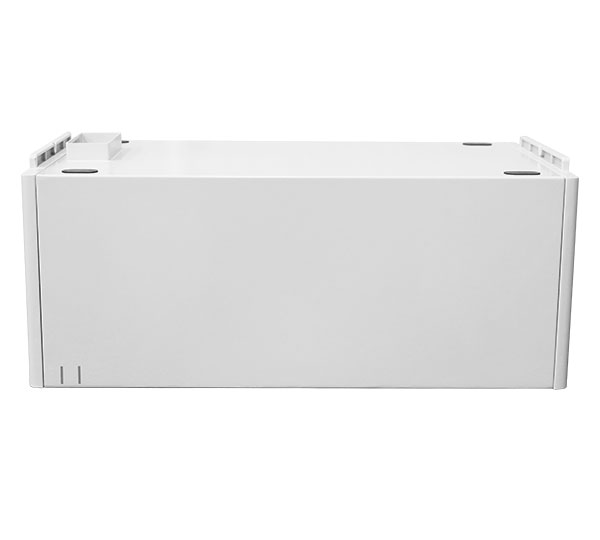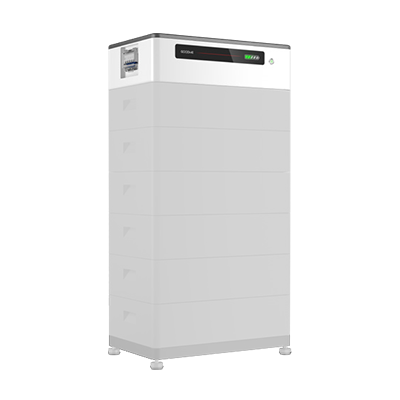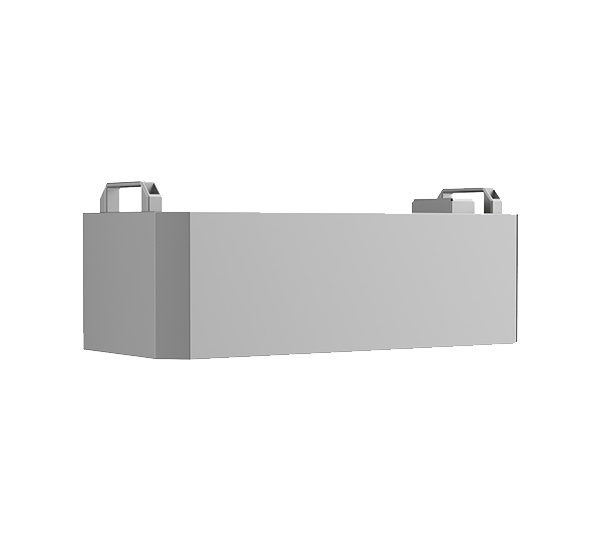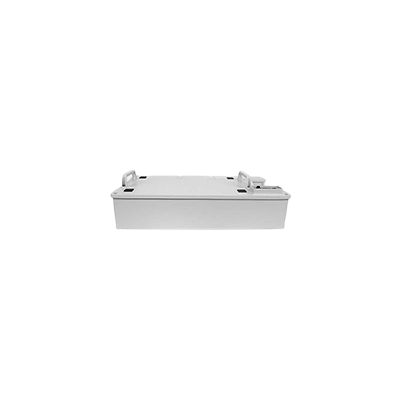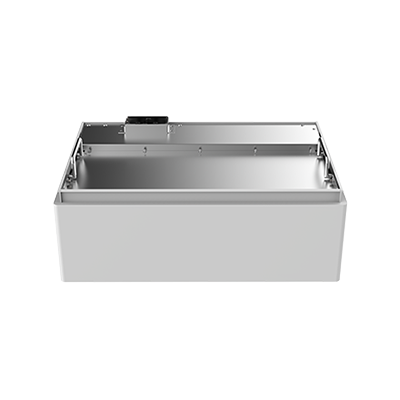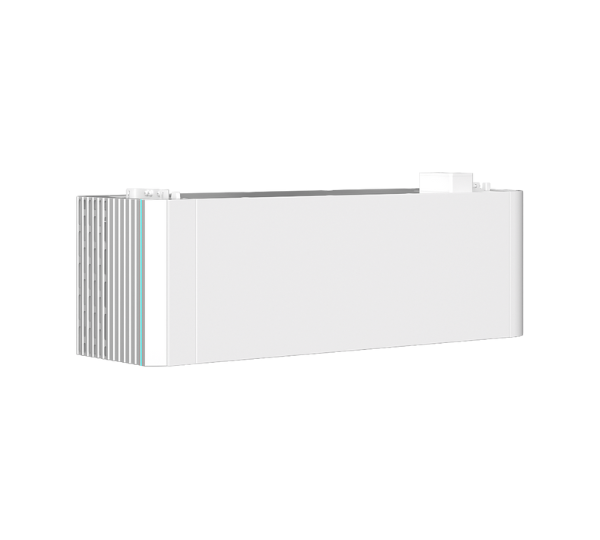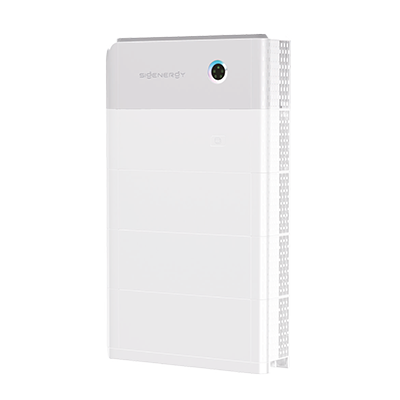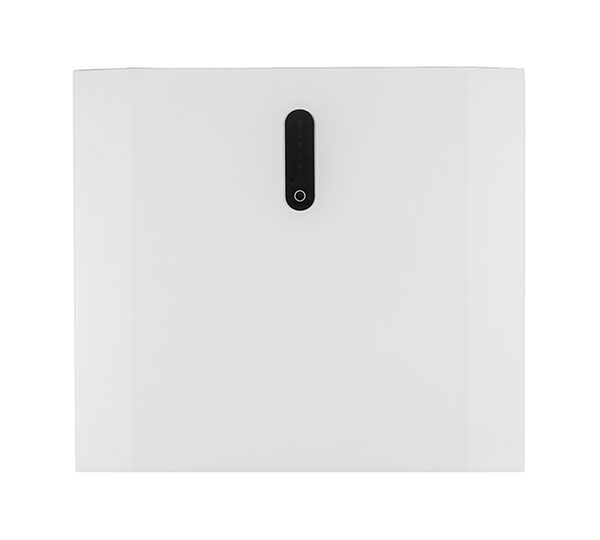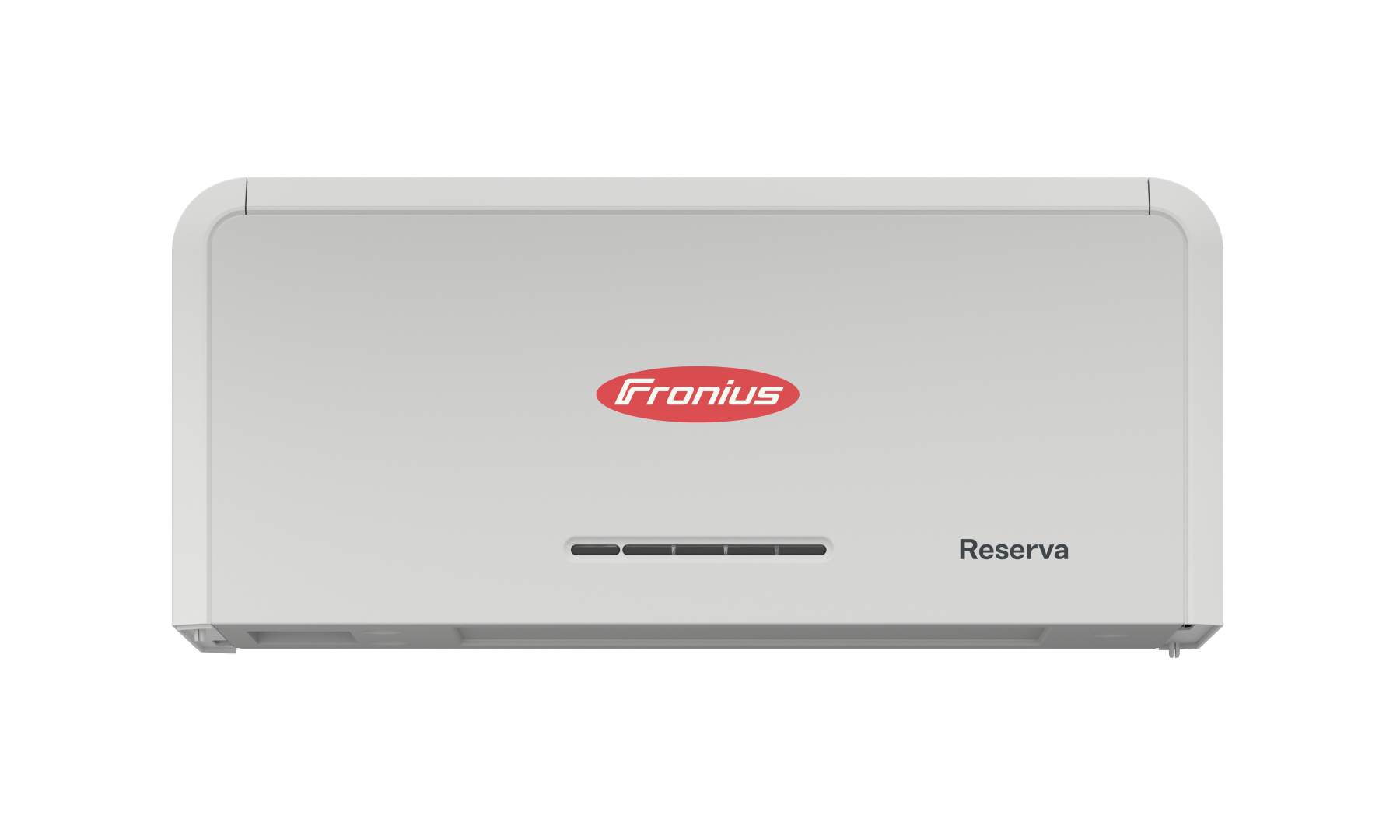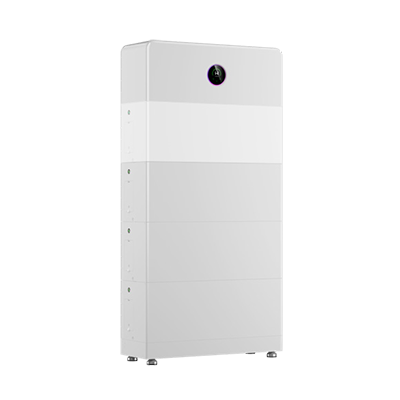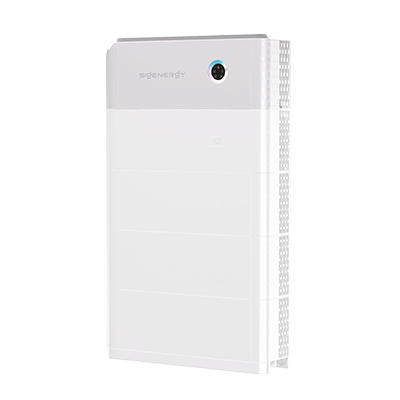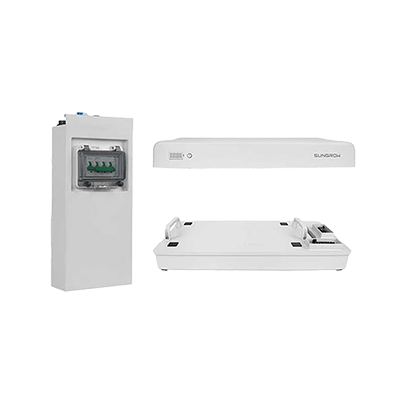About Solar Storage Systems
Solar storage systems are playing an increasingly central role in photovoltaic systems – especially in commercial applications. They optimize self-consumption of solar energy and enable new business models. PV batteries also support grid stability: during sunny periods with excess production, electricity can be stored and then used during periods of low or no solar input.
As a PV wholesaler, Krannich offers high-performance solar storage solutions from leading manufacturers for a wide variety of residential and commercial applications.
Types of Solar Storage Systems
DC-Coupled Batteries
DC storage systems are connected directly to the PV system before the inverter and operate using direct current – no energy losses due to conversion.
AC-Coupled Batteries
AC storage systems are installed after the inverter and are particularly popular for retrofitting.
Storage + Inverter Combinations
Not every battery is compatible with every inverter. For that reason, we offer pre-configured sets of matching devices. You can also find compatible combinations in our storage compatibility overview.
Commercial Storage Solutions
Commercial storage systems are characterized by high capacity, modular expandability, and integrated load management. They are ideal for industrial facilities, agriculture, retail, and public infrastructure.
As with residential batteries, there are both AC- and DC-coupled commercial systems. At Krannich Solar, we also differentiate between small-scale and large-scale commercial storage.
Small Commercial Storage Systems
These are installed much like residential batteries. The systems are compact, and capacity can be scaled up to 200 kW through cascading.
Large Commercial Storage Systems
These come in cabinet or even container format. Capacities
start at 100 kW and can
scale into the megawatt range. Ideal for operating large-scale ground-mounted
PV systems. These systems often offer advanced functionalities (e.g., grid
services, safety standards). Installation may require additional certifications
or must be handled by the manufacturer’s service team.
Applications of PV Battery Storage
Self-Consumption Optimization
By storing self-generated solar energy, users can
significantly increase their self-consumption rate, reduce electricity costs,
and become less dependent on rising grid prices. This applies across all system
sizes – from small balcony modules to commercial-scale systems.
Dynamic Electricity Tariffs
Modern storage systems can be used to take advantage of
dynamic energy tariffs. Power from the battery can be used during expensive
periods, and cheap grid power can be stored during low-tariff times. In
commercial use, operators can even participate in energy trading – charging
low, feeding back high – theoretically even without an on-site PV system.
Further Commercial Use Cases
Battery storage can also serve for backup power, peak
shaving, and operational self-sufficiency. For commercial entities, storage
often pays off within 10 years due to high energy consumption.
How Does a Solar Battery Work?
A solar battery stores excess DC electricity from the PV
system and converts it into electrochemical energy. A battery management system
(BMS) controls charging and discharging to keep cells within safe operating
limits. When needed, the stored energy is converted back to usable AC by an
inverter.
Common Battery Chemistries in PV Storage:
- LFP (Lithium Iron Phosphate) – high cycle stability, thermal safety, cobalt-free, long lifespan
- NMC (Nickel Manganese Cobalt Oxide) – higher energy density, more capacity in limited space, often used in commercial storage and EVs
- NCA (Nickel Cobalt Aluminum Oxide) – high performance, typically used in high-demand applications
- LTO (Lithium Titanate) – extremely fast charging, long cycle life, higher cost
- Sodium-Ion – emerging technology with promising resource availability and safety characteristics
The optimal chemistry depends on project priorities like available space, safety, cost, or required lifespan.
When Is a Solar Battery Worth It?
A storage system pays off when it is well matched to the PV system and specific use case.
For residential use, self-consumption is the most common reason for installing a battery. When planning a PV system, it makes sense to fully utilize the available space and include a storage unit. The return on investment improves with electric vehicles, electric heating, or dynamic tariffs – often paying for itself within 10 to 20 years.
In commercial use, economic viability depends on load profiles and energy contracts. A properly sized commercial battery – even with a five- or six-figure upfront cost – can pay for itself in under 10 years.
Which Is the Best Solar Battery?
Krannich Solar offers a wide range of market-leading brands, including BYD, Sigenergy, GoodWe, PowerPlus Energy, Sungrow, LG Energy Solution, SolarEdge, Hresys, Greenbox, JinkoSolar. The best solution depends on your specific project needs – especially in the commercial sector. Our technical consultants are happy to help you select the optimal system.
How Long Does a Solar Battery Last?
Battery lifespan depends heavily on use. Most modern batteries last 5,000 to 10,000 charge cycles. With one full cycle per day, that equates to 13 to 27 years. In Germany, most storage systems perform ~250 cycles/year – unless used intensively for dynamic tariff optimization year-round.
A well-designed BMS extends lifetime. Many manufacturers offer warranties of up to 10 years on their storage systems.

